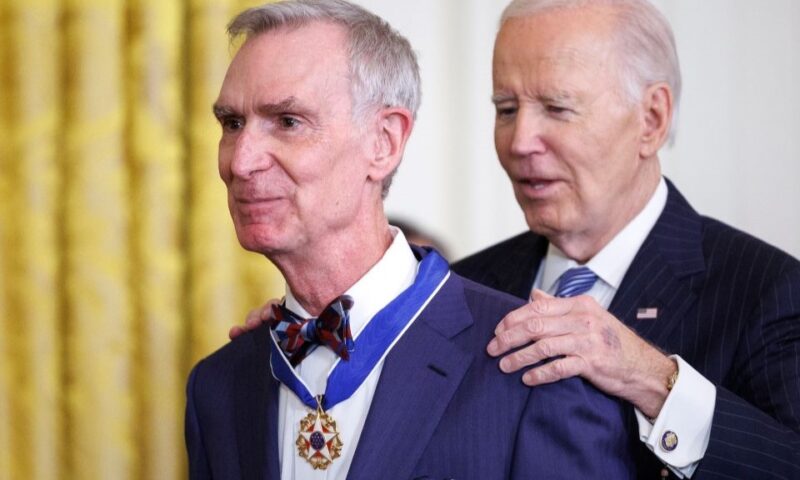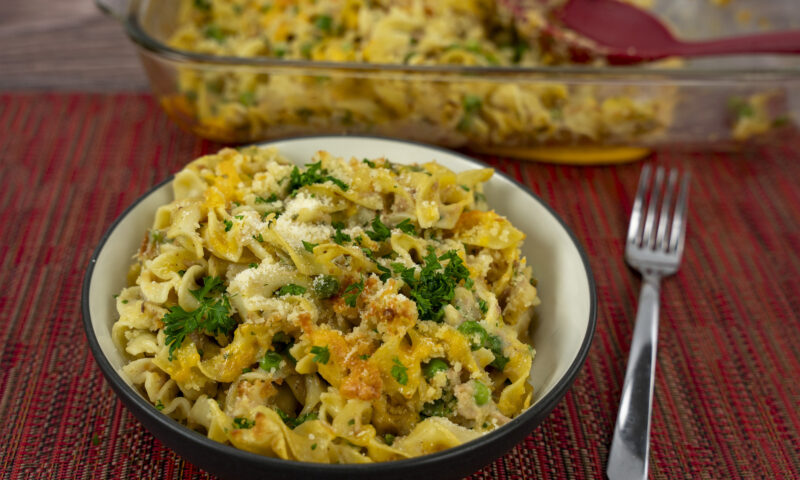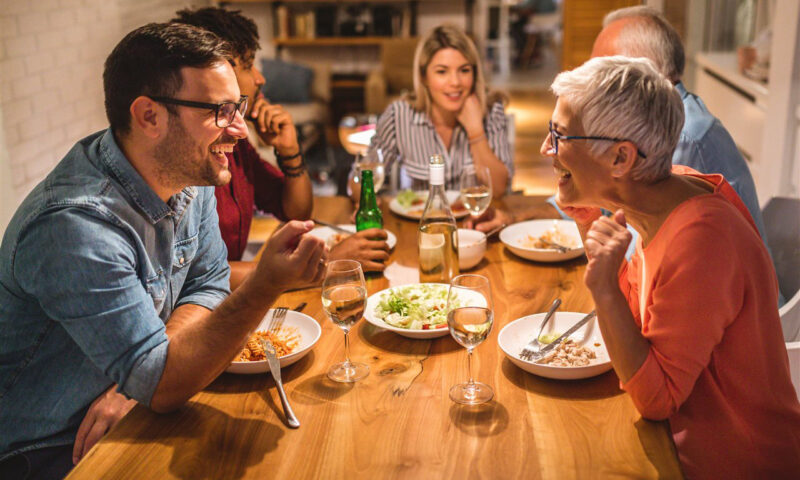(Pictured: Thaddeus Mosley and some of his wood sculptures. Photo credit: karmakarma.org/Jason Schmidt)
By Jas Keimig
CascadePBS.org
For the past year, Alexander Calder’s mobiles have been gently twisting and swaying in the Seattle Art Museum’s second-floor gallery, thanks to a generous donation of the famed sculptor’s work by the Shirley Family Calder Collection. Now, that exhibition has been given a refresh with a new show called “Following Space” (running through June 1), which pairs 17 large-scale wooden works by contemporary sculptor Thaddeus Mosley with five of Calder’s spindly creations.
Though you’ve probably heard of Calder, it’s imperative to learn about Thaddeus Mosley. The surprisingly spry 98-year-old Pittsburgh, Pennsylvania native has been a sculptor for more than half a century, originally inspired by art sources including Isamu Noguchi, Constantin Brâncuși, and West African tribal masks.
As a student at the University of Pittsburgh in the 1950s, Mosley encountered the work of big names in sculpture like Giacometti and Calder. After a short stint as a sports journalist covering pro baseball’s Negro League (now defunct), he decided to throw himself into sculpture in earnest while working at the post office to support his creative pursuits.
At a recent press preview, the sharply dressed Mosley said he and Calder had a “mutual interest in how space works” in their respective art practices. The difference “is inorganic versus organic material,” Mosley said. “I utilize the natural colors of the wood, the natural properties. I try to enhance the grains and color – it can be the same wood but have different tones and thickness.”
Using salvaged wood from sawmills in Pittsburgh, Mosley carefully maneuvers his chisel and gauge to construct abstract works that appear to defy physics in their carefully balanced compositions.
One untitled work Mosley finished in 2024 greets visitors at the Seattle Art Museum (SAM) exhibition’s entrance with two angular, perpendicular plinths of wood miraculously balancing on a U-shaped base. (Despite his age, he has no assistants or helpers in his studio. It’s just him, the wood, and his vinyl record collection.) Often he leaves raw tool marks on his sculptures, creating what he calls a rhythm and pattern for viewers’ eyes to follow, which is partially influenced by his love of jazz music.
“Jazz takes a standard tune and they play pretty much on the chord changes of the music,” Mosley said. “I see something in those logs, but I have a concept of weight in space. The idea is that the piece should look like it’s levitating, there’s a floating quality. If there’s an improvisational mood, it’s just from the fact that I take a basic idea and impose my vision on that.”
At first blush, “Following Space” is a study in contrasts. Mosley’s abstract wood sculptures are textured and warm, where Calder’s mobiles are smooth and cold. But upon closer inspection, the similarities between the two artists become more clear. Both have a keen understanding of balance and space. And in their visual differences, the works provide a compelling tension for viewers to circumambulate and enjoy.
More information about the exhibit and others currently on display at SAM is available at seattleartmuseum.org and 206-654-3100.
Cascade PBS is a non-profit journalism newsroom covering the Pacific Northwest.



